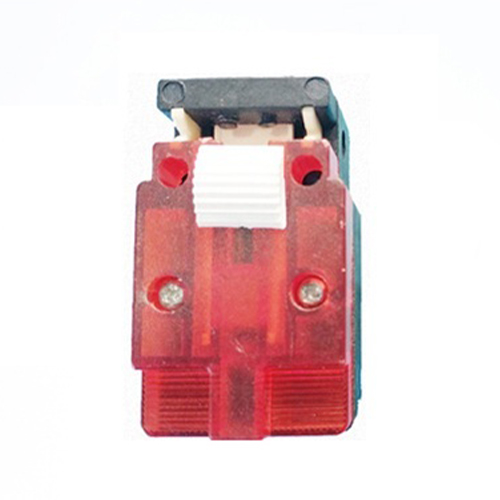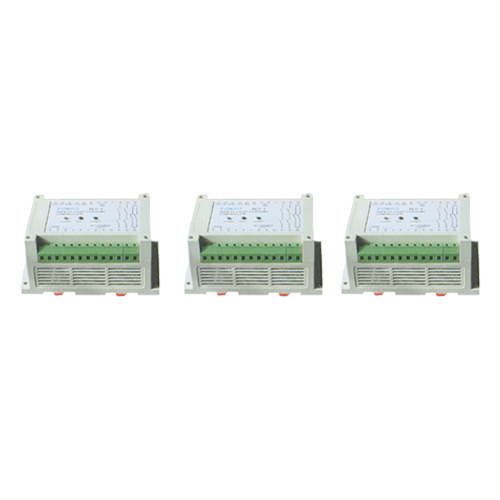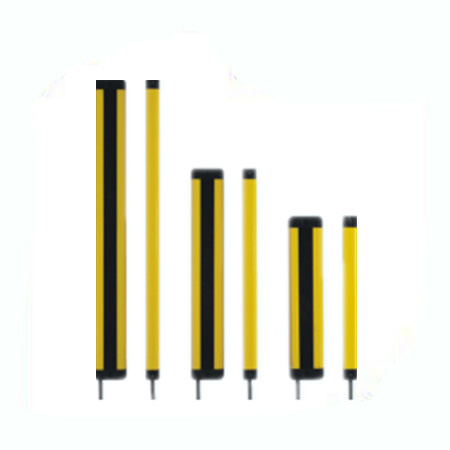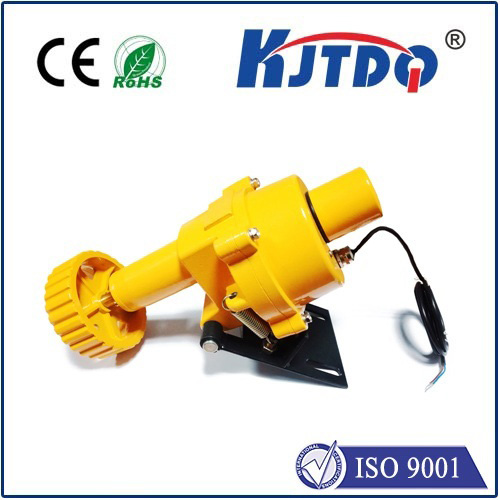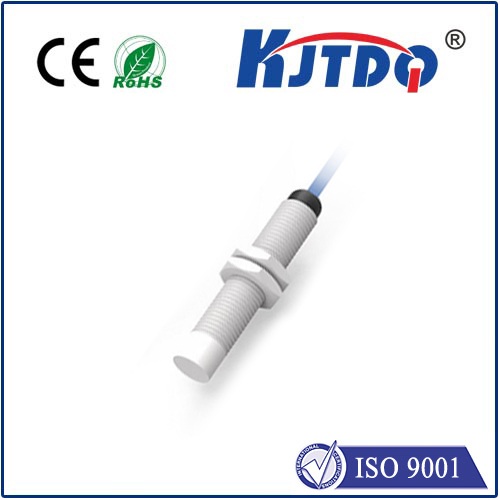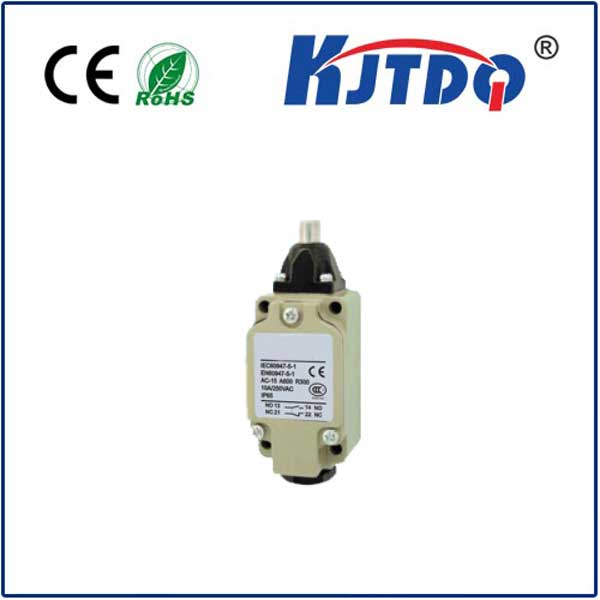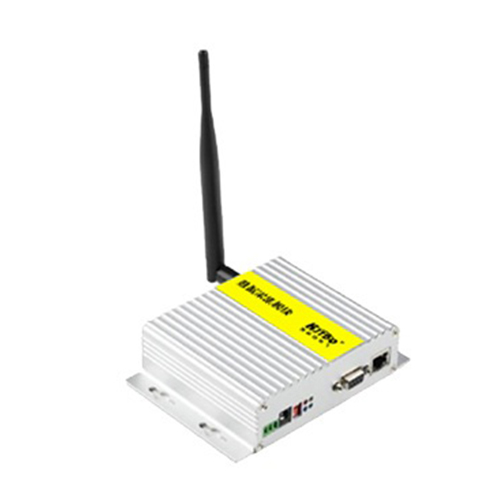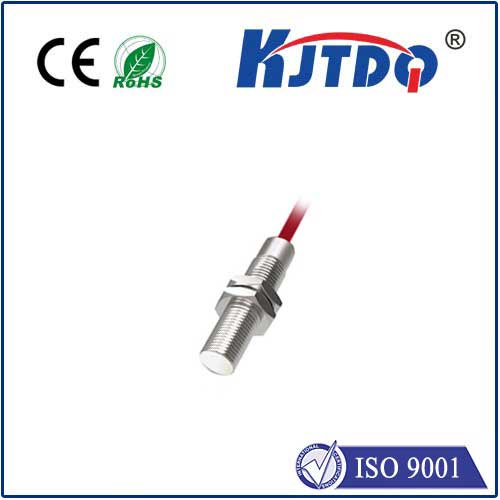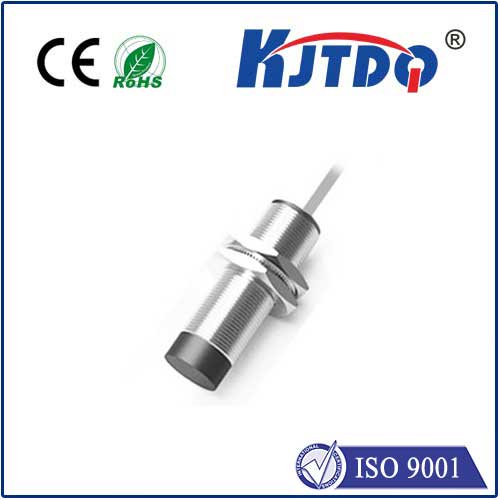

check

check

check

check

check

check

check

check

check

check
Proximity type limit switches are an essential component in various industrial and commercial applications. They provide a reliable and easy way to control the movement of machines and equipment based on their proximity to a specific point. In this article, we will delve into the working principle of proximity type limit switches, their importance, and various applications in different industries.
Section 1: Working Principle of Proximity Type Limit Switches
A proximity type limit switch consists of two primary components: the sensing element and the actuator. The sensing element is designed to detect the presence or absence of an object, which can be a target point or a contact probe. The actuator is responsible for controlling the movement of the machine or equipment when the limit switch is triggered. When the sensing element comes into contact with the target point, it generates an electrical signal that is transmitted to the actuator. Depending on the design of the circuit, the actuator can either open or close, thus stopping or allowing the movement of the machine.
Section 2: Importance of Proximity Type Limit Switches
Proximity type limit switches are crucial in preventing accidents and ensuring safe operation of machinery. By detecting the proximity of an object to a specified point, they enable operators to quickly identify potential hazards and take appropriate action. This can be particularly useful in hazardous environments where human error can lead to serious injuries or damage to equipment. Additionally, proximity type limit switches offer precise control over the movement of machines, allowing for smooth and efficient operation.
Section 3: Applications of Proximity Type Limit Switches
Proximity type limit switches have a wide range of applications across various industries. Some common examples include:
* Factory automation: Proximity type limit switches are frequently used in factory automation systems to control the movement of robots, conveyors, and other equipment. They help ensure safety by preventing machines from operating too close to people or obstacles.
* Material handling: Proximity type limit switches are also widely used in material handling systems, such as cranes and forklifts. They allow operators to accurately position materials within a given space and prevent collisions with other objects.
* Industrial machinery: Proximity type limit switches are essential in maintaining the safe and efficient operation of industrial machinery like manufacturing plants, power plants, and oil rigs. They help prevent accidents caused by misoperation or malfunctioning equipment.
Conclusion
In conclusion, proximity type limit switches play a critical role in ensuring safety and efficiency in various industrial and commercial applications. Their working principle relies on detecting the presence or absence of an object, which allows them to control the movement of machines and equipment based on proximity to a specific point. By preventing accidents and optimizing performance, proximity type limit switches contribute to safer and more productive workplaces.

